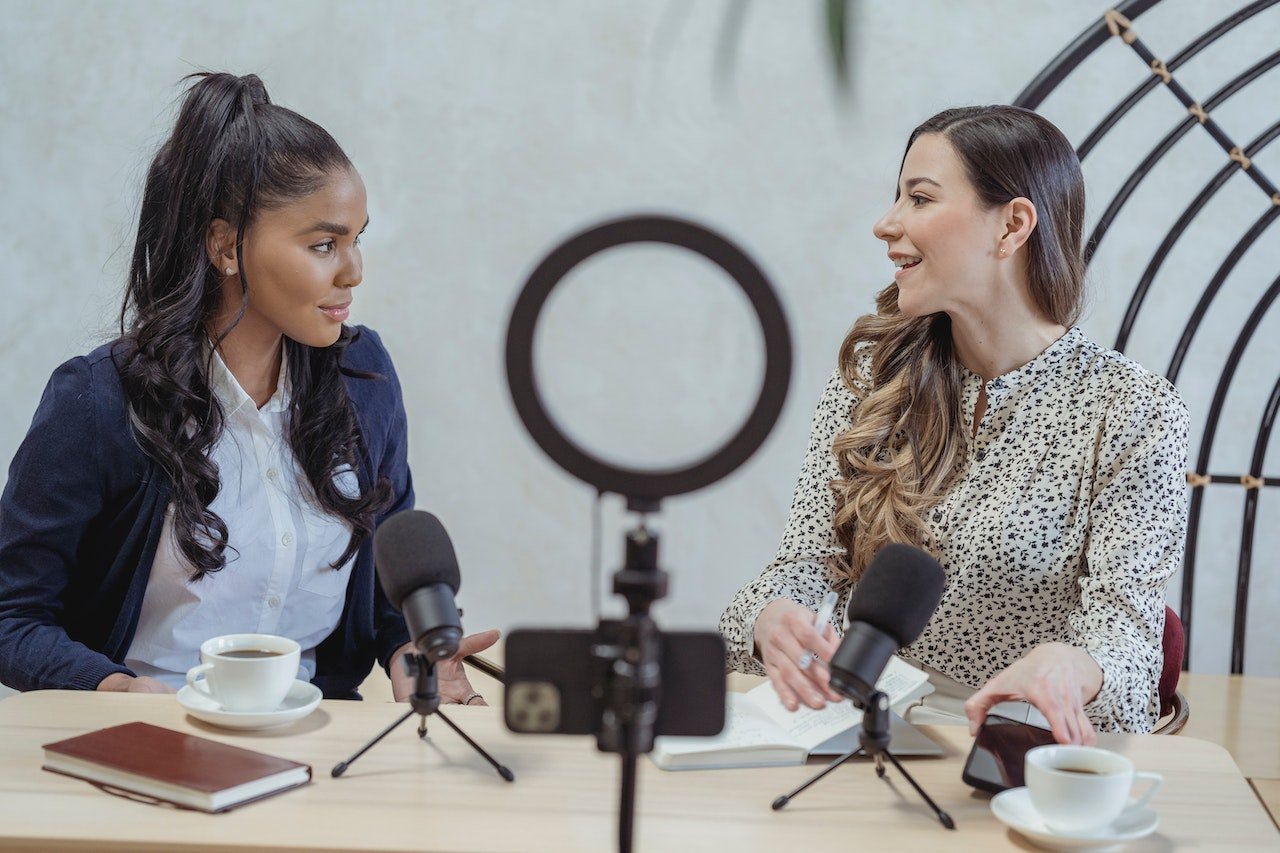The Art of Note-Taking: Enhancing Retention and Understanding

The art of note-taking is a powerful skill that enhances retention and understanding. Discover the benefits, methods, and strategies for effective note-taking. Learn how to overcome common challenges and utilize technology for improved results. Master the art of note-taking to excel in your academic and professional pursuits
In today’s fast-paced world, where information is readily available at our fingertips, the ability to effectively retain and understand information has become more important than ever. One powerful tool that aids in this process is note-taking. It is not just about scribbling down random thoughts; it is an art that, when mastered, can significantly enhance retention and understanding.
Read More: Boost Your Study Skills: Techniques to Improve Learning
The Importance of Note-Taking
Note-taking serves as a valuable tool for capturing and recording information during lectures, meetings, or while studying. It helps us process and remember key points, concepts, and ideas. By actively engaging with the material and summarizing it in our own words, we reinforce our understanding and retain the information for longer periods.
Benefits of Effective Note-Taking
Effective note-taking offers numerous benefits that extend beyond simple information recording. It enhances comprehension, promotes active learning, and aids in long-term retention. When done right, note-taking can:
- Improve focus and concentration
- Organize information for easy retrieval
- Encourage critical thinking and analysis
- Facilitate knowledge integration
- Serve as a study aid for exams and assessments
Different Note-Taking Methods
There are various note-taking methods available, each catering to different learning styles and preferences. Let’s explore three popular methods:
Cornell Method
The Cornell Method involves dividing your paper into three sections: cues, notes, and a summary. This method encourages active listening and comprehensive note-taking. The cues section is used to jot down questions, keywords, or prompts related to the material. The main notes section is where you write down the key points, explanations, and examples. Finally, the summary section allows you to summarize the main ideas in your own words.
Outline Method
The Outline Method follows a hierarchical structure, using bullet points or numbering to indicate different levels of information. It is particularly useful for organizing complex subjects or detailed lectures. This method enables you to easily identify the relationships between ideas and provides a clear visual representation of the content.
Mind Mapping
Mind Mapping is a visual note-taking technique that utilizes diagrams to connect and organize ideas. It starts with a central concept or topic, branching out into subtopics and related concepts. Mind maps stimulate creativity, encourage connections between ideas, and facilitate a holistic understanding of the subject matter.
Effective Strategies
To make your note-taking more effective and efficient, consider implementing the following strategies:
Actively Listen and Engage
Pay close attention to the speaker or the material you are studying. Engage in active listening by asking questions, seeking clarification, and participating in discussions. Actively engaging with the information will help you identify the most important points to capture in your notes.
Use Abbreviations and Symbols
Develop a set of abbreviations and symbols that are intuitive and meaningful to you. This allows you to write faster while still capturing the essence of the information. For example, using arrows to indicate cause and effect relationships or asterisks to highlight key concepts.
Organize Your Notes
Create a logical structure for your notes by using headings, subheadings, and indentations. This helps you establish hierarchies and identify relationships between different pieces of information.
Highlight Key Points
Use highlighters or different colored pens to emphasize important points, keywords, or examples. Visual cues can help you quickly locate critical information when reviewing your notes later on. However, be mindful not to overuse highlighting, as it may diminish its effectiveness.
Review and Summarize
Regularly review your notes to reinforce your understanding and consolidate the information. Take the time to summarize the main ideas in your own words, as this helps with retention and promotes active recall. By condensing the material into concise summaries, you create valuable study resources.
Utilizing Technology
In the digital age, technology provides us with numerous tools and applications to enhance our note-taking experience. Digital note-taking platforms, such as Evernote, Microsoft OneNote, or Notion, offer features like cloud storage, searchability, and easy organization. Additionally, you can utilize voice-to-text transcription tools to convert spoken content into written notes.
Overcoming Common Challenges
Note-taking can sometimes present challenges. Here are a few common hurdles and strategies to overcome them:
- Fast-paced lectures: Practice active listening and focus on capturing the main ideas rather than every detail.
- Poor handwriting: If your handwriting is difficult to read, consider using digital note-taking tools or improving your handwriting through practice.
- Information overload: Prioritize information based on relevance and importance. Use headings and subheadings to organize your notes effectively.
Enhancing Retention and Understanding
The art of note-taking goes beyond the act of jotting down information. To truly enhance retention and understanding, it is crucial to review and revise your notes regularly. By engaging with your notes, and actively summarizing and explaining concepts in your own words, you reinforce your learning and embed the knowledge more deeply.
Read More: The Science of Effective Studying: Strategies for Success
Conclusion
Mastering the art of note-taking is a skill that can greatly improve your ability to retain and understand information. By implementing effective note-taking strategies, utilizing technology, and actively engaging with the material, you can enhance your learning experience and excel in your academic and professional pursuits.
FAQs
Q1: Can I use shorthand or abbreviations in my notes?
Yes, using shorthand or abbreviations can help you write faster and capture more information. However, make sure your abbreviations are clear and consistent to avoid confusion later on.
Q2: Should I rewrite my notes after a lecture or meeting?
Rewriting your notes can be a valuable exercise as it reinforces your learning and allows you to review the material. However, it’s not always necessary. Choose the method that works best for you and fits your learning style.
Q3: How often should I review my notes?
Regularly reviewing your notes is essential for long-term retention. Aim to review your notes within 24 hours of the initial note-taking session and periodically thereafter, especially before exams or important presentations.
Q4: Can I use digital note-taking tools instead of pen and paper?
Absolutely! Digital note-taking tools offer many advantages, such as easy organization, searchability, and the ability to access your notes from multiple devices. Experiment with different tools to find the one that suits your needs.
Q5: How can note-taking help me in my professional life?
Effective note-taking skills are valuable in various professional settings. They can help you capture meeting minutes, record action items, and retain important details.





